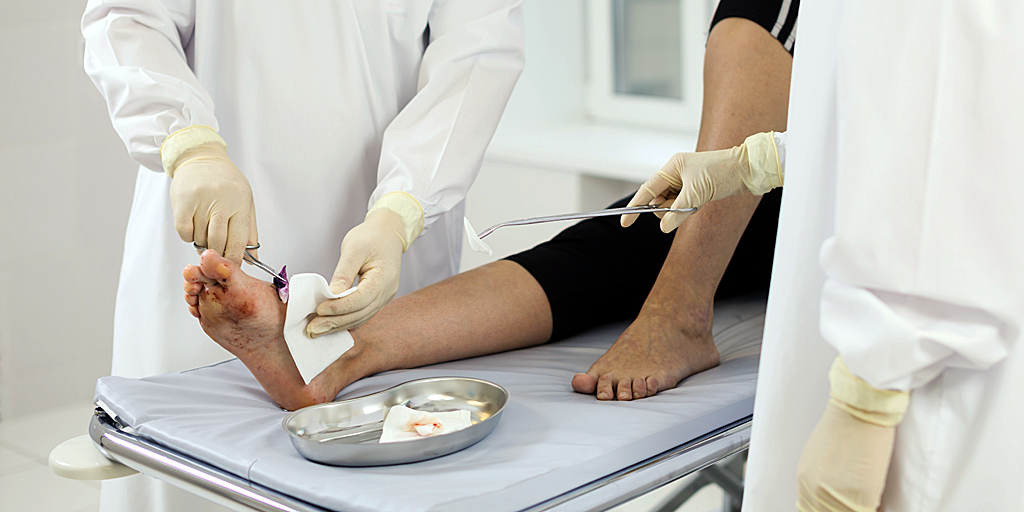Dr. Ronald Baxter of Baylor University and Spectral MD, discusses the Spectral MD DeepView Wound Imaging System in predicting DFU wound healing utilizing artificial intelligence in an interview with SmartTRAK.
Spectral MD has developed the DeepView Wound Imaging System to utilize real-time data and artificial intelligence to predict wound healing. The Company has seen initial success in burn treatment and is now moving into validation of their system for diabetic foot ulcers (DFUs) with the goal to predict a wound’s healing potential at the initial clinical visit.
To learn more about Spectral MD’s multi-spectral imaging system, DeepView; the pilot DFU study to analyze the predictive qualities of its artificial intelligence deep learning program, and the company’s plans moving forward; SmartTRAK interviewed Dr. Ronald Baxter, of Baylor University and Spectral MD.
A transcript of SmartTRAK’s interview with Dr. Baxter is below. To view the interview recorded live at SAWC Spring 2019, click on the following video.













